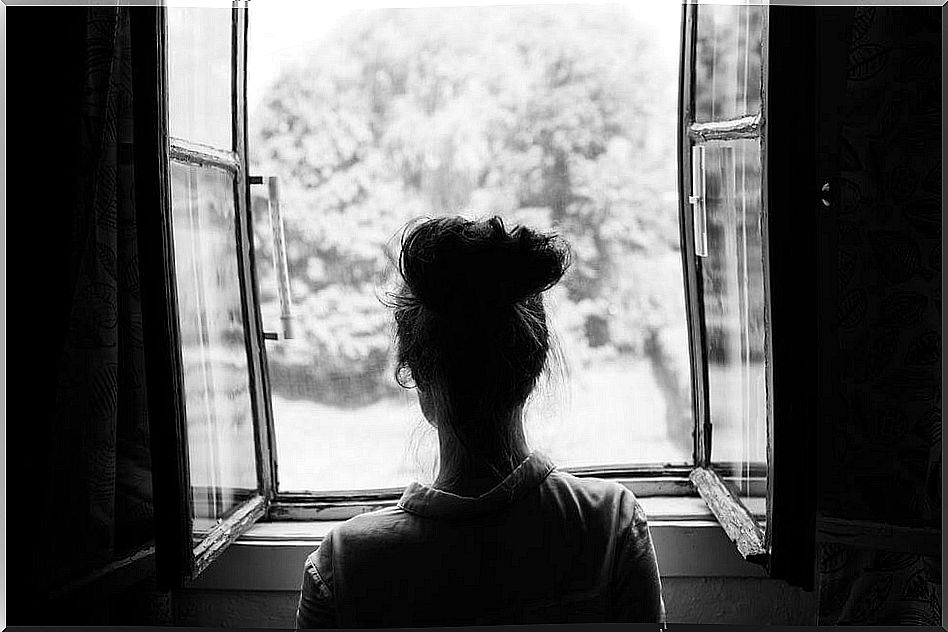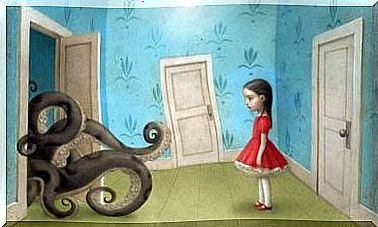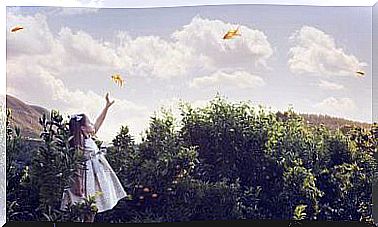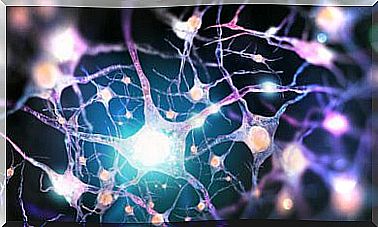The Hikikomori, Invisible People

Saito is a 20-year-old middle-class boy who has been locked in his room for years of his own free will. He spends most of the day sleeping and spends the night watching television or playing video games, his only friends are virtual … they never transcend the computer screen.
Saito doesn’t allow anyone to enter his room. Her mother leaves her food at her bedroom door every day, with a resignation that plunges her into deep sadness … Her parents live with great shame and a great sense of guilt, thinking that they have not known how to educate their son well and that they try to hide in the neighborhood community.
His room is his only world, in it he sleeps, eats, urinates and defecates. Saito is starting to accumulate garbage and neglect his appearance. .. but nobody wants or nobody can do anything. His parents don’t know how to deal with the problem either.
The hikikomori
Saito’s case is a fictitious story based on the reading of many cases like that of the protagonist in our story that respond to the same type of behavior. They are the hikikomori, a term that was coined in 1986 and that means “separated from society”, and that refers to adolescents and young adults, mostly males and first-born and is that in Japan there is greater pressure on males than in women.
A social phenomenon that seems to be based on the strict Japanese society in which its inhabitants live and that in many cases, especially the youngest, suffocates them. And it is that Japan has one of the best educational systems in the world, the best companies and a more than outstanding economy.
Unfortunately, the phenomenon is spreading and in Spain some 165 cases are counted according to the Institute of Neuropsychiatry and Addictions of the Hospital del Mar in Barcelona, the first study at a European level.
And it is that since a Japanese child enters kindergarten, the competition begins . You even have to pass an exam to get in … The school system and future prospects are extremely demanding with the Japanese …
Many do not support the system, they feel so much pressure, so much fear of failure that the only way out they find is to take refuge in their room, where nothing and no one can demand or harm them. Unfortunately there is a percentage of cases that end in suicide, although others fortunately end up reintegrating into society.
The NGO New Start
In Japan it is still a very delicate problem that society keeps turning its back on. For this reason, more than a decade ago, a retired teacher, Futagami Noki, who in the 90s had students with this problem, decided to create an NGO to help these types of children, it is the “New Start”.
Their method consists of accommodating the children in shared apartments and during the week they can do some activities that the center offers them and that motivates them the most: cafeteria, bakery, farm, day center for the elderly, nursing school and even a newsroom for publishing in a local newspaper. If they improve, they enter the labor reintegration program that the NGO has arranged with different companies.
A serious problem that this brave and fighting NGO faces every day. In some cases the Hikikomori voluntarily join New Start but in many others it is the parents who ask for help.
A hard job begins in which letters are sent to the boys in which they are asked to leave the room and go to New Start, letters that never respond; as a last option “brothers and sisters for rent” go to their house several times to try to convince them.
In fact, a problem as hard as one of the collaborators of this NGO, Ayako Ogury, tells us “Sometimes we can be visiting them for more than a year before they leave the room … If they do leave”
” Hikikomori are a powerful message for Japanese society,” according to Dr. Hisako Watanabe. “Its mere existence will have to force change.”









